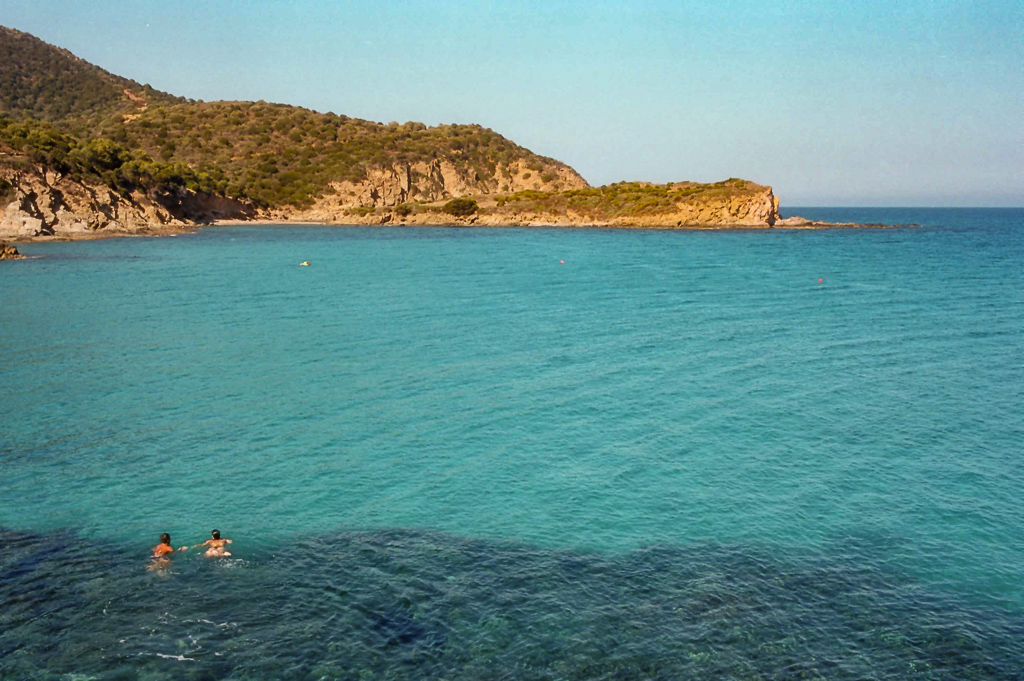edge100
Well-known
These results just scream underexposure (as noted above). You have to remember that metering for negative film and metering for digital require totally different approaches. For negative film, you need to expose for the shadows first and foremost, because the highlights - especially with a film like Portra 400 - have immense latitude, and underexposed shadows look terrible (as you can attest to).
So meter the darkest region where you want detail (the 'emerging shadows' mentioned above), and then stop down 1-2 stops. I generally only stop down by 1 stop from this reading with colour neg film, because I know the highlights will hold, and because I know that even if some of the highlights blow out, that's still preferable to underexposed shadows.
So meter the darkest region where you want detail (the 'emerging shadows' mentioned above), and then stop down 1-2 stops. I generally only stop down by 1 stop from this reading with colour neg film, because I know the highlights will hold, and because I know that even if some of the highlights blow out, that's still preferable to underexposed shadows.




